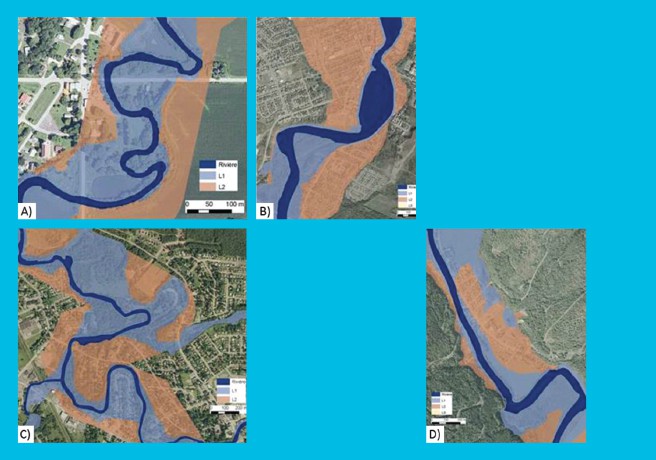Freedom and financial good sense to flood
With today’s high urban land values and sophisticated flood protection skills, it seems counterintuitive to let nature rule and allow flooding to take its course on land that could be developed. But a new piece of economic research demonstrates that there are areas where flooding and erosion, as part of a sustainable management plan, are financially preferable to town and city expansion or agricultural cultivation.

Because of their strategic advantages, rivers are at the heart of most cities and large urban settlements. The disadvantage of this proximity to water is flooding. While we have evolved ways to build highly efficient defenses and artificially change the course of rivers, there is growing evidence that in some areas it can be beneficial to allow rivers the room to evolve naturally. This approach is known as freedom space, and it’s influencing the way some cities, and surrounding rural areas, are being developed.
The first study of its kind in Canada giving the economic case for freedom spaces showed that allowing rivers to take their natural course, rather than constraining them, can generate significant benefits. For example, the economic benefits for the De La Roche, South-East Yamaska and Matane rivers in Québec are estimated to vary between 700,000 and 3.7 million Canadian dollars — representing savings of reduced protection costs, avoided damages to agricultural land and benefits from ecosystem services that outweigh the costs of putting the land aside.
“By studying the entire river corridor, it is possible to predict patterns of flooding and erosion long into the future,” says Joanna Eyquem, a fluvial geomorphologist based in Montréal, Canada, and part of the AECOM team that completed the economic study. “This knowledge can be used to help plan city expansion and developments that avoid the vulnerable land and the huge costs of protecting it from flooding and erosion. These areas can then become part of the city’s green space, adding to the quality of life for residents.”
Part of the blue-green cities idea where water management and green infrastructure are brought together, the freedom space approach focuses on river corridors providing vital linkages between strategic areas of green space to benefit local ecology and communities.






